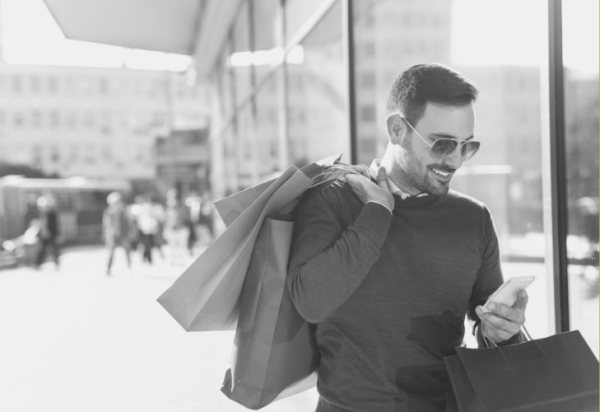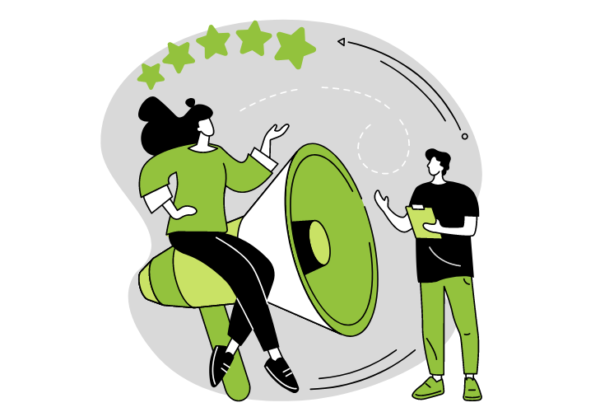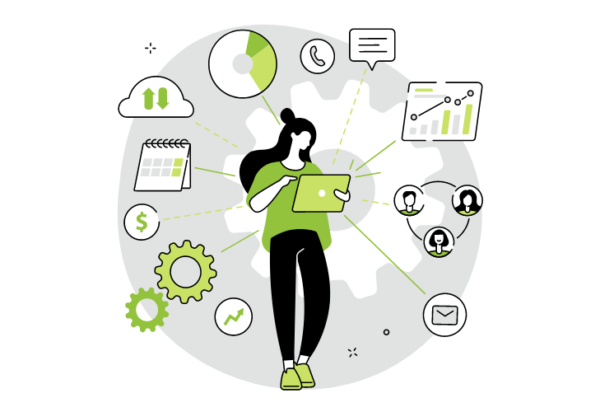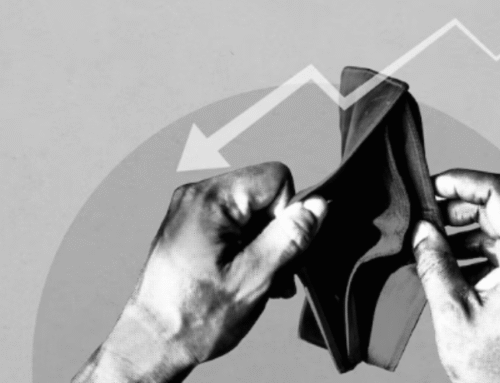The Three Pillars of Omnichannel Shopping Experiences
Once connected, your CRM should provide you with three important functionalities:
1. Integrated Systems
Customers now expect seamless integration from one touch point to the next, with each channel or platform picking up where the last left off. That means connecting your in-store point of sale (and associated inventory), with e-commerce, customer service, loyalty, inventory management, and other marketing software (like bulk emailers, et al).
What does the benefits look like in real life?
- The customer’s purchase history and personal data are linked across many platforms, so that both they and your systems/employees can pick information up, from anywhere.
- Customers should be able to order from and receive products, anywhere. That means that online orders can be picked up in-store. Orders received in-store can be shipped to the customer’s home or work, etc.
- Marketing offers and promotions published through email, social, or text can be redeemed anywhere and at any time.

2. Omnichannel Accessibility
Shoppers expect to access, engage, and transact with your brand from all the devices and platforms they feel most comfortable with. If this were 2008, we’d be telling you that it was important to make sure that you have a mobile-optimized web presence, that you had created social media accounts and were engaging customers there, that in-store promotions were honored online, and the like.
Retail technology is evolving at a lightning clip however and the conversation has evolved into a much broader set of requirements. Consider, for instance, what accessibility means to your customer base today. It’s not just about being able to purchase your products online. It’s about having access to customer service, loyalty program benefits, and shopping history, (to name a few) over any device.
Aberdeen’s research says that “Companies with extremely strong omnichannel customer engagement retain on average 89% of their customers, compared to 33% for companies with weak omnichannel customer engagement.”
We’ve talked a lot about how these tools change the game for your customers, but it’s important to note that the ability to manage and manipulate the shopping experience over any number of channels can hold some equally valuable important benefits for marketers. Cloud-based networks are a central feature for those looking for the flexibility to manage their program from any device, anywhere in the world.
Your first step is to onboard a retail CRM. This software will be the central hub of your omnichannel universe – a place from which
you can manage anywhere from thousands to millions of unique data points about how, when, and what your customers are buying.

3. Real-Time Engagement
Customers expect real-time engagement. They want to feel like their business is important to you and that you care about their limited time and needs. This applies to all aspects of your sales funnel, from customer service inquiries to purchase confirmations to offers and discounts.
Your retail CRM should get you most of the way there. For the rest, Zen Desk and many other types of software like it, now offer the ability to communicate with customers over social media text, and more. When used in combination, these tools can provide the type of powerful omnichannel shopping experiences that drive customer sat and build loyalty.
As someone on the vanguard of omnichannel marketing, it’s important to realize that these technologies are and will likely continue to merge, either in concept or through simple APIs and other integrations that allow for the easy transfer of data between disparate systems.
If you’re looking for definitive a definitive set of tools through which to manage your customer engagement in real-time, it’s a good idea to become comfortable with continually trying out new technologies and seeing what works best for your needs.
Defining:
- Transactions are reflected in their account history, immediately
- Loyalty program points and awards are applied and available as soon as a goal is reached
- Marketing automation like welcome emails and outreach based on contextual search patterns. For instance: “We noticed that you were looking at version x. You might like version Y”

PUTTING IT ALL TOGETHER
In the coming years, it’s going to become more and more difficult for
retailers to ignore the fact that customer behavior and expectations are not slowing down. Rather they are evolving exponentially. When we look at the omnichannel shopping experience, we must ask ourselves, “How will customers be shopping in ten years”. “Will they be buying products through virtual experiences?” “Will checkouts even exist? Or will experiments like Amazon’s Go’s ‘No Line, No Checkout” shopping become industry standard?”. And “How do these changes impact the way in which customers engage my brand?”
If you’re looking to build omnichannel loyalty, e-commerce, and order processing functionality for your business, bLoyal can help. Our technology integrates with fourteen different point-of-sale and e-commerce solutions to help you build omnichannel shopping experiences that your customers will love. Check out the rest of our site or request a demo to get started.




